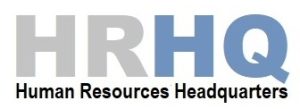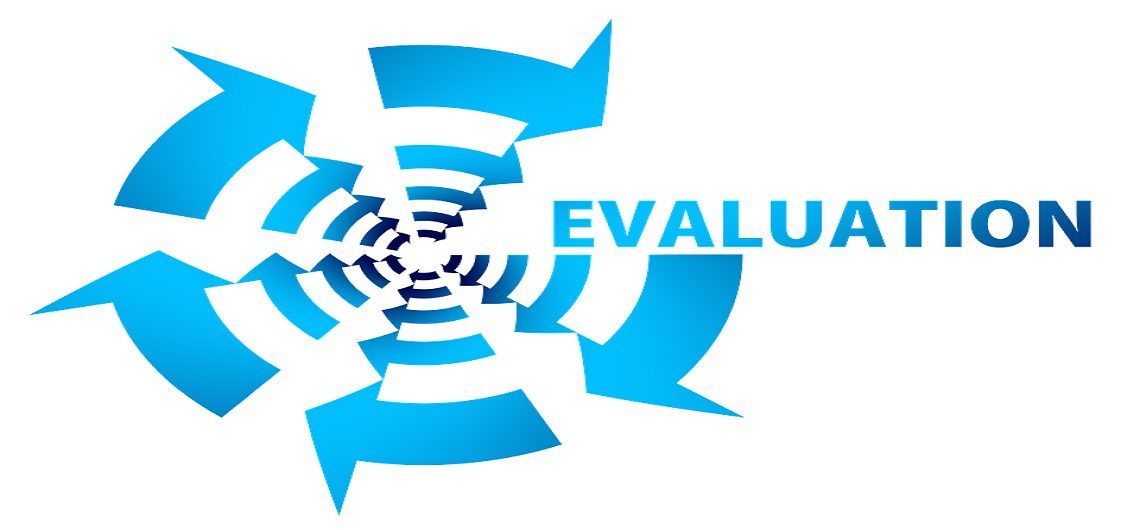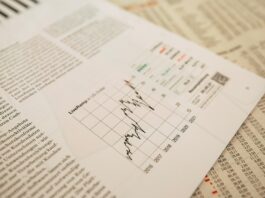A new and improved online survey tool which measures the productivity and effectiveness of senior management team meetings, against international benchmarks, and provides concrete suggestions for improvement was recently launched by assessment specialist cut-e.
Called effect, the new tool was created in partnership with Bang & Midelfart, a Norwegian organisational development consultancy led by Professor Henning Bang, who has developed a comprehensive model of management team effectiveness after undertaking a ground breaking 36-year research study via the University of Oslo.
With these research insights, and empirical evidence gathered from over 200 management teams, cut-e and Bang & Midelfart introduced their first team meeting effectiveness assessment in 2014. This tool – which is widely used in Denmark, Finland, Norway and Sweden – has now been further enhanced with new assessment items and evidence-based improvements.
“Studies show that 40 percent of the time that executives spend in meetings is unproductive,” said Dr Achim Preuss, Chief Technology Officer of cut-e. “Professor Bang’s research identifies the characteristics of effective management teams and it explains the factors that influence and predict high performance. Incorporating his latest findings, we’ve enhanced our diagnostic tool to make it quicker and easier for senior managers to self-assess how well their team works together and gain added value for themselves and their organisation. Having more collaborative and productive senior meetings can help any business to make better decisions, increase performance and achieve its goals.”
effect is an online questionnaire covering 120 items in 24 ‘scales’. In 20-30 minutes, it asks each member of a senior team to evaluate the team’s performance in meetings, including the strengths of the team and any development areas. Questions include whether meetings have a clear purpose; whether they stick to the topic; whether they add value; how the team functions; the dynamics of the relationships between the team members; whether the attendees build on each other’s ideas and whether the needs of individuals and the business are met.
The results are then benchmarked against an international norm group that comprises over 200 executive teams. A newly-designed ‘profile report’ is then provided which highlights each member’s scores on the different items.
Recommendations are also provided on how the team and each individual can improve their productivity in meetings.











